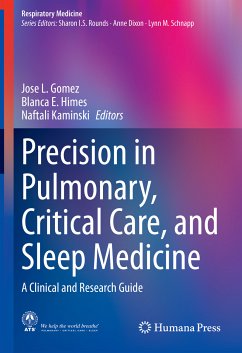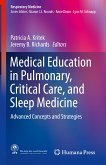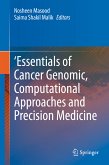Precision medicine is focused on the integration of individual variability with disease prevention and treatment principles derived from population studies. This concept has risen to prominence in recent years in parallel with advances in genetics, molecular diagnostics and novel target-specific therapies. This fundamental shift in the approach to treatment has broad implications in how we prevent, diagnose and treat disease. Describing key concepts of precision medicine and relating these to pulmonary, critical care and sleep disorders is essential to educate relevant stakeholders and increase the impact of pulmonary precision medicine.
The book is organized into seven sections: introduction; genetics; biomarkers; precise phenotyping; mobile health, wearables and telemedicine; precision therapeutics; and enabling widespread adoption of precision medicine. The chapters are organized with an introduction to the specific theme, followed by its basic concepts. They then delve into how these basic concepts relate to the larger theme of precision medicine, new precision medicine approaches to dealing with these problems, and key takeaway points. Liberally illustrated with images, figures, and tables, the text is thorough and intuitive for clinicians and researchers to learn the processes and applications of precision medicine.
This is an ideal guide for clinicians to learn new precision medicine concepts in the fields of genetics, genomics, mobile health, and how they apply to their practice and their patients, as well as researchers seeking a basic understanding of precision medicine to assist in designing future research studies.
Dieser Download kann aus rechtlichen Gründen nur mit Rechnungsadresse in A, B, BG, CY, CZ, D, DK, EW, E, FIN, F, GR, HR, H, IRL, I, LT, L, LR, M, NL, PL, P, R, S, SLO, SK ausgeliefert werden.









